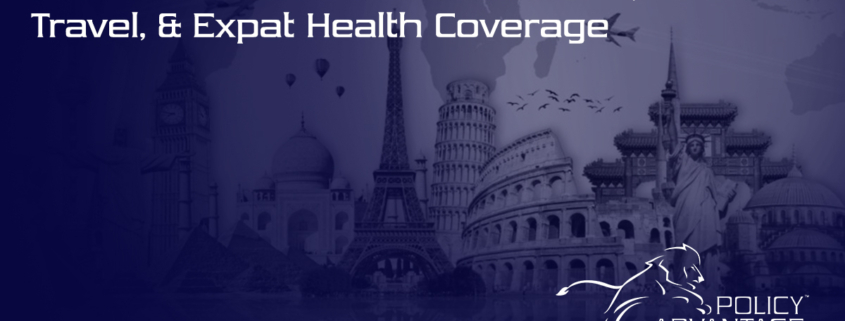Unlocking Competitive Advantage: The Impact of a High-Quality Health Insurance Brokerage Firm
Introduction:
In today’s competitive business landscape, companies are constantly seeking ways to gain an edge over their rivals. While various strategies and factors come into play, one area that often goes overlooked is the selection of health coverage for employees. This is where a high-quality health insurance brokerage firm, such as Policy Advantage Insurance Services, can make a significant difference. By partnering with a reputable agency, companies can leverage our expertise to secure superior health coverage options, enhance employee satisfaction, attract top talent, and ultimately gain a competitive advantage.
- Expert Guidance and Industry Knowledge
Policy Advantage Insurance Services, as a trusted health insurance brokerage firm, possesses extensive expertise and in-depth industry knowledge. We stay abreast of the ever-changing landscape of health insurance, keeping up with the latest regulations, trends, and coverage options. This invaluable understanding allows us to guide companies through the complex maze of health insurance choices and tailor solutions that align with their specific needs.
- Comprehensive Plan Evaluation and Customization
One of the key advantages of working with a top-tier health insurance brokerage firm is our ability to conduct a comprehensive evaluation of existing health plans and identify potential gaps or areas for improvement. Policy Advantage Insurance Services can analyze a company’s current coverage and provide recommendations to optimize benefits while controlling costs. By customizing plans to suit the unique requirements of your company and its employees, we ensure that businesses receive the best value for their investment in health coverage.
- Access to a Broad Network of Providers
Another significant advantage of partnering with Policy Advantage Insurance Services is gaining access to a broad network of healthcare providers. With our established relationships and extensive connections in the industry, brokerage firms can negotiate competitive rates and favorable terms with insurance carriers and healthcare providers. This enables companies to offer employees access to high-quality healthcare services and specialists, enhancing overall employee experience and well-being.
- Employee Satisfaction and Retention
In today’s competitive job market, attracting and retaining top talent is crucial. A comprehensive and well-designed health coverage package plays a pivotal role in employee satisfaction and retention. By collaborating with a reputable brokerage like Policy Advantage Insurance Services, companies can offer robust health insurance options that go beyond the basics, including wellness programs, preventative care, and additional benefits. Such offerings demonstrate a commitment to employee well-being and can significantly boost employee morale, productivity, and loyalty.
- Cost Optimization and Financial Benefits
While providing comprehensive health coverage is vital, controlling costs remains a priority for companies. High-quality firms like Policy Advantage Insurance Services possess the expertise to assess cost drivers and recommend strategies to optimize healthcare expenses. We leverage our industry knowledge to navigate complex pricing structures, negotiate competitive premiums, and identify cost-saving opportunities, all while ensuring that employees receive the coverage they need. This focus on cost optimization helps companies allocate resources efficiently and enhance their bottom line.
Conclusion:
In today’s highly competitive business environment, companies must explore every avenue to gain a competitive advantage. Choosing the right health insurance brokerage firm, such as Policy Advantage Insurance Services, can be a game-changer. With our expert guidance, comprehensive plan evaluation, access to a broad network of providers, and focus on employee satisfaction and cost optimization, we empower companies to secure high-quality health coverage that sets them apart from their competitors. By investing in the well-being of their employees, businesses not only attract and retain top talent but also foster a culture of wellness, productivity, and long-term success.

